Agriculture>Protected sites
Type of resources
Available actions
Topics
Keywords
Contact for the resource
Provided by
Groups
Years
Representation types
Update frequencies
status
Scale
-

Areas in which the application of Metazachlor is forbidden
-
According to the ordinance of april 16, 2021 of the sanitary protection zones of the Upper Sûre lake, the temporary storage of silage as mentioned in point 6.12.2. (Index 27) of the appendix II, compost (point 6.17.2., index 29, appendix II) and manure as mentioned in point 6.18.2. (index 30) of the appendix II on sub-parcels of the protection zones IIC and III that show a slope of less than 5% is allowed, respecting certain conditions. Citizens concerned can use the map to see which sub-parcels within the agricultural areas are affected.
-
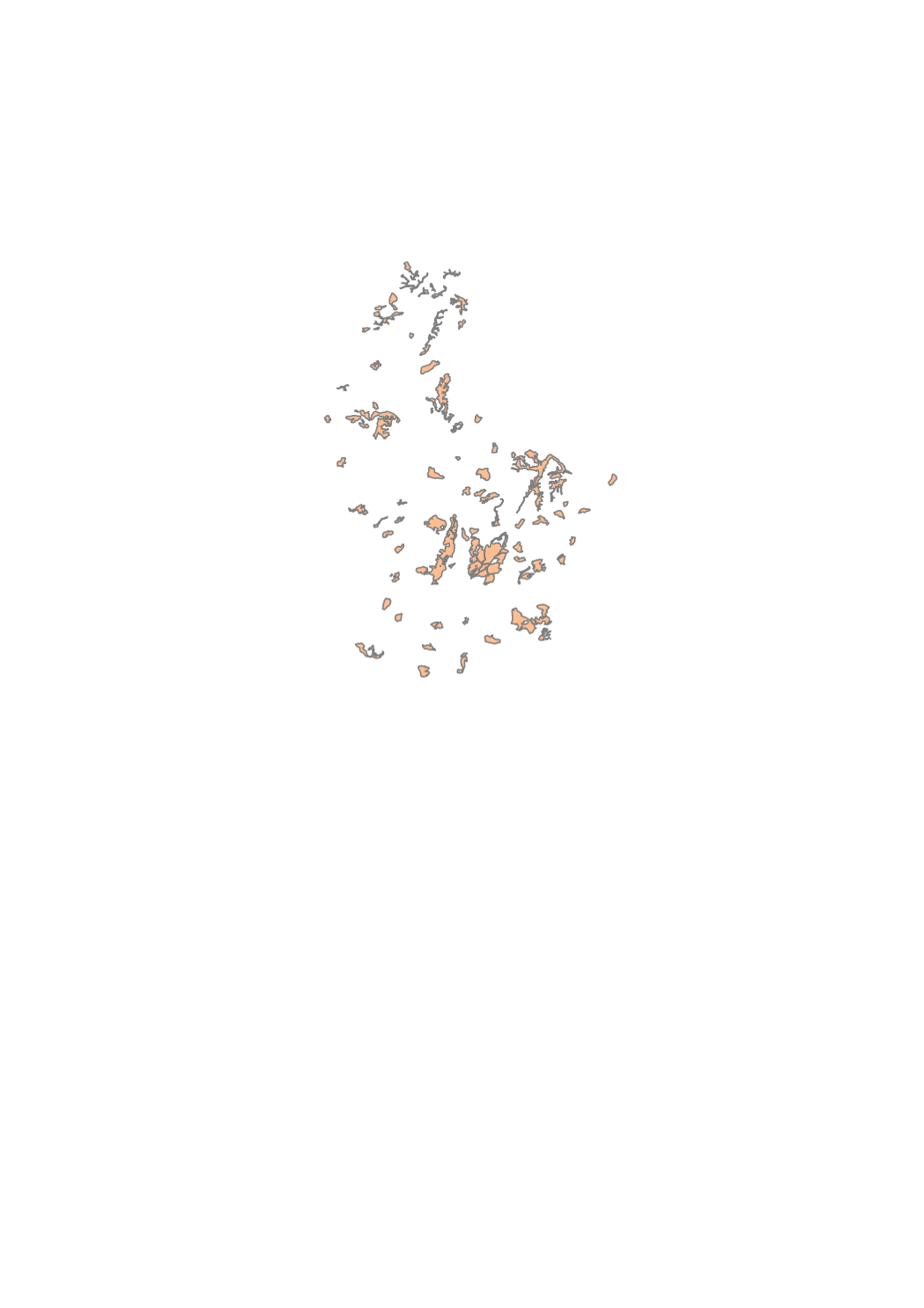
Their legal protection status is available at the layers "Protected areas undergoing the official designation procedure" and "Designated protected areas".
-

Provisionally delimited safeguard zones used to protect sources and drillings.
-

By prohibitions or conditions protected zones to prevent contamination of the lake as a drinking water reservoir.
-
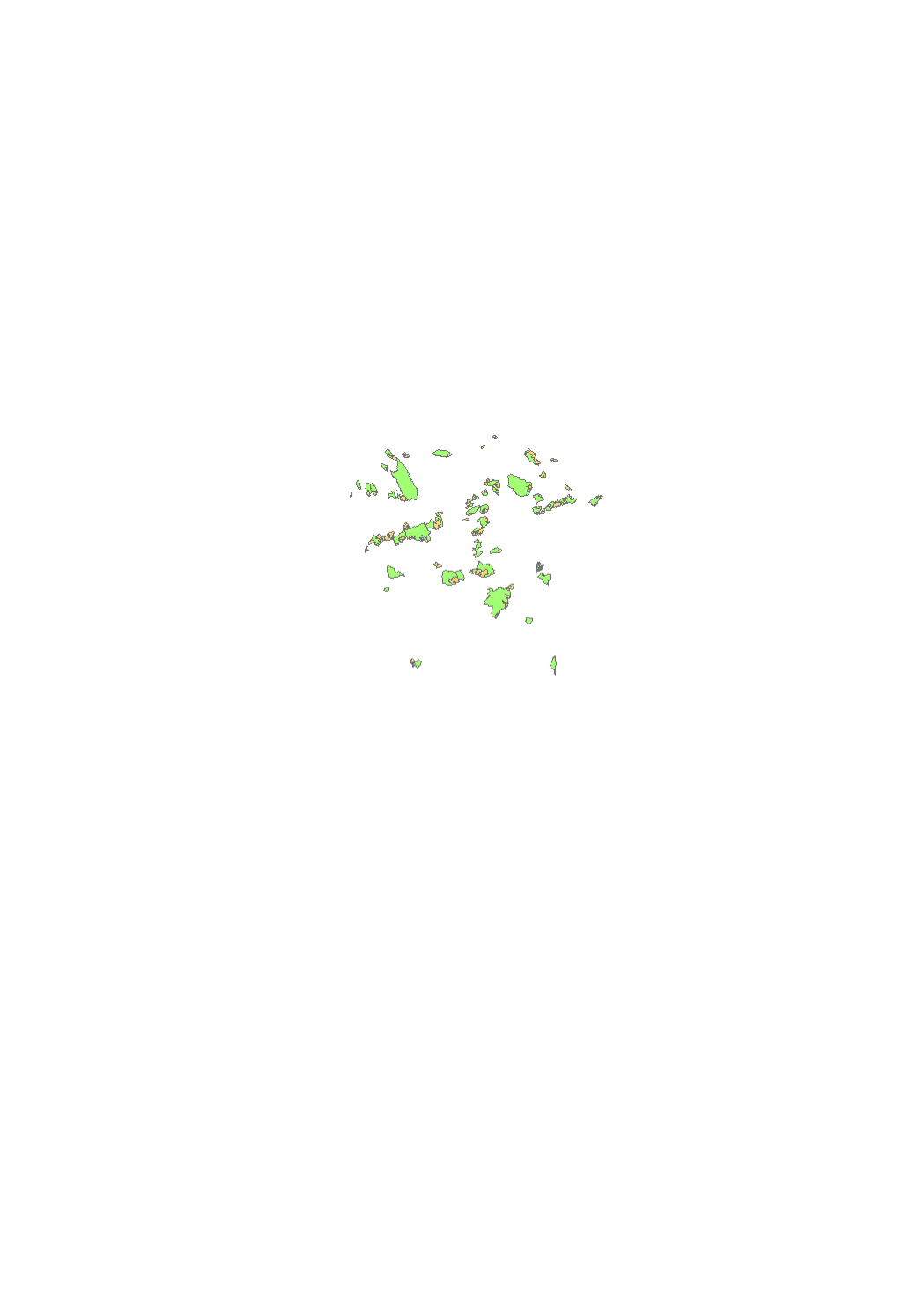
(drinking water) safeguard zones created by grand-ducal regulation used to protect sources and drillings.
-
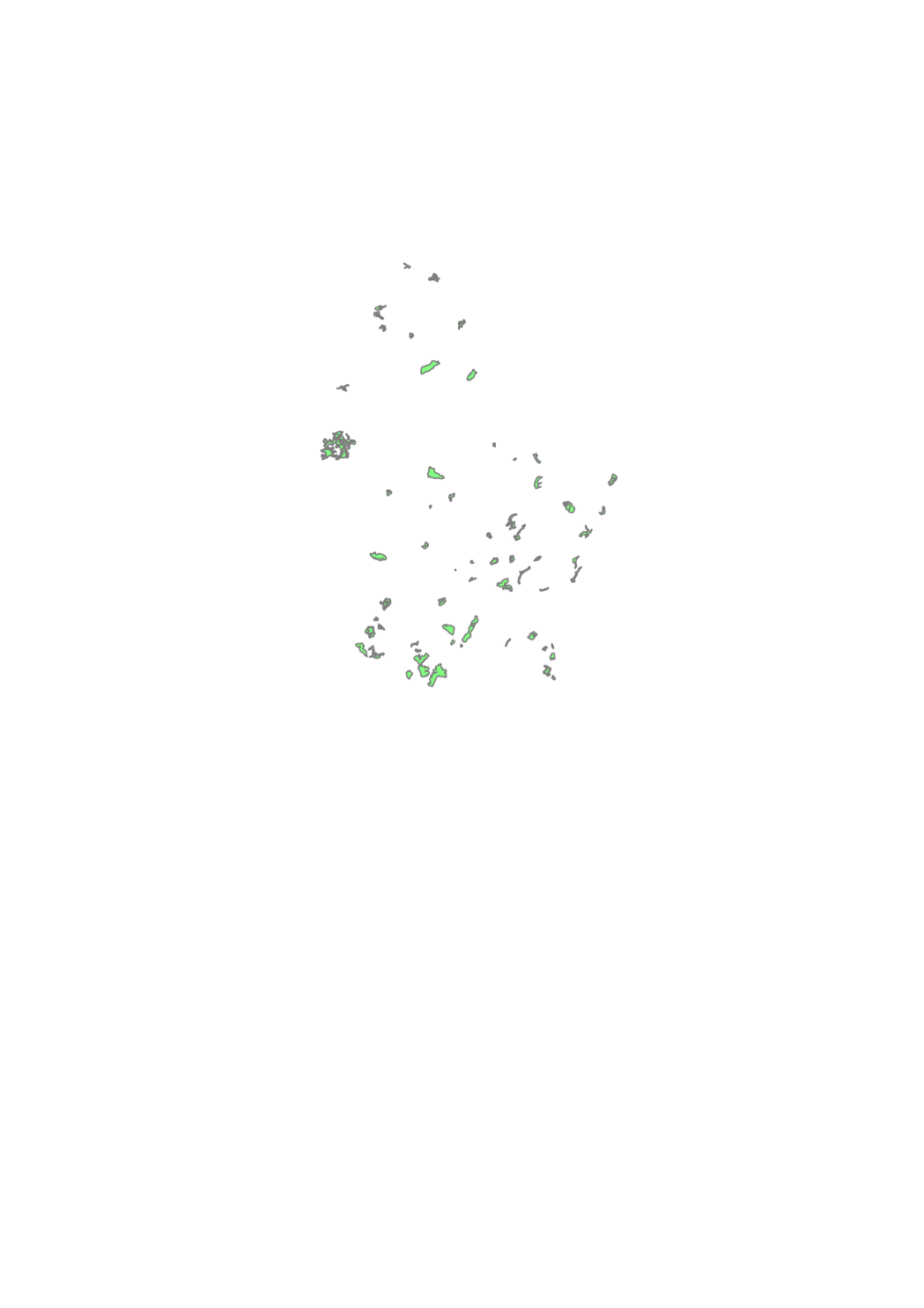
Protected zones of national interest (nature reserves and forest reserves) according to amended law of 19th January 2004 concerning the conservation of nature and the naturally resources. Each area and reserve is burdened with obligations defined by grand ducal regulation.
-
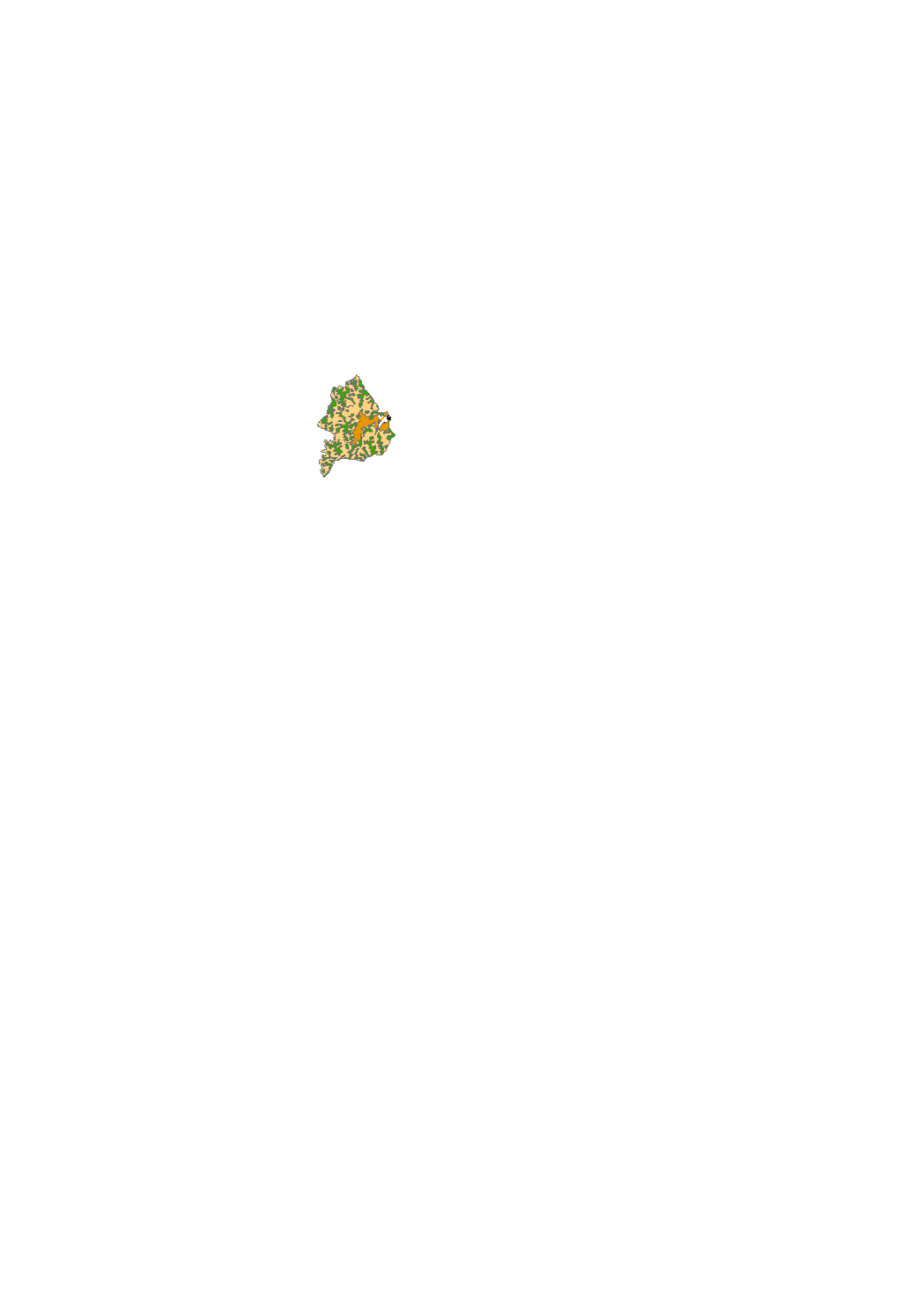
By prohibitions or conditions protected zones to prevent contamination of the lake as a drinking water reservoir.
-
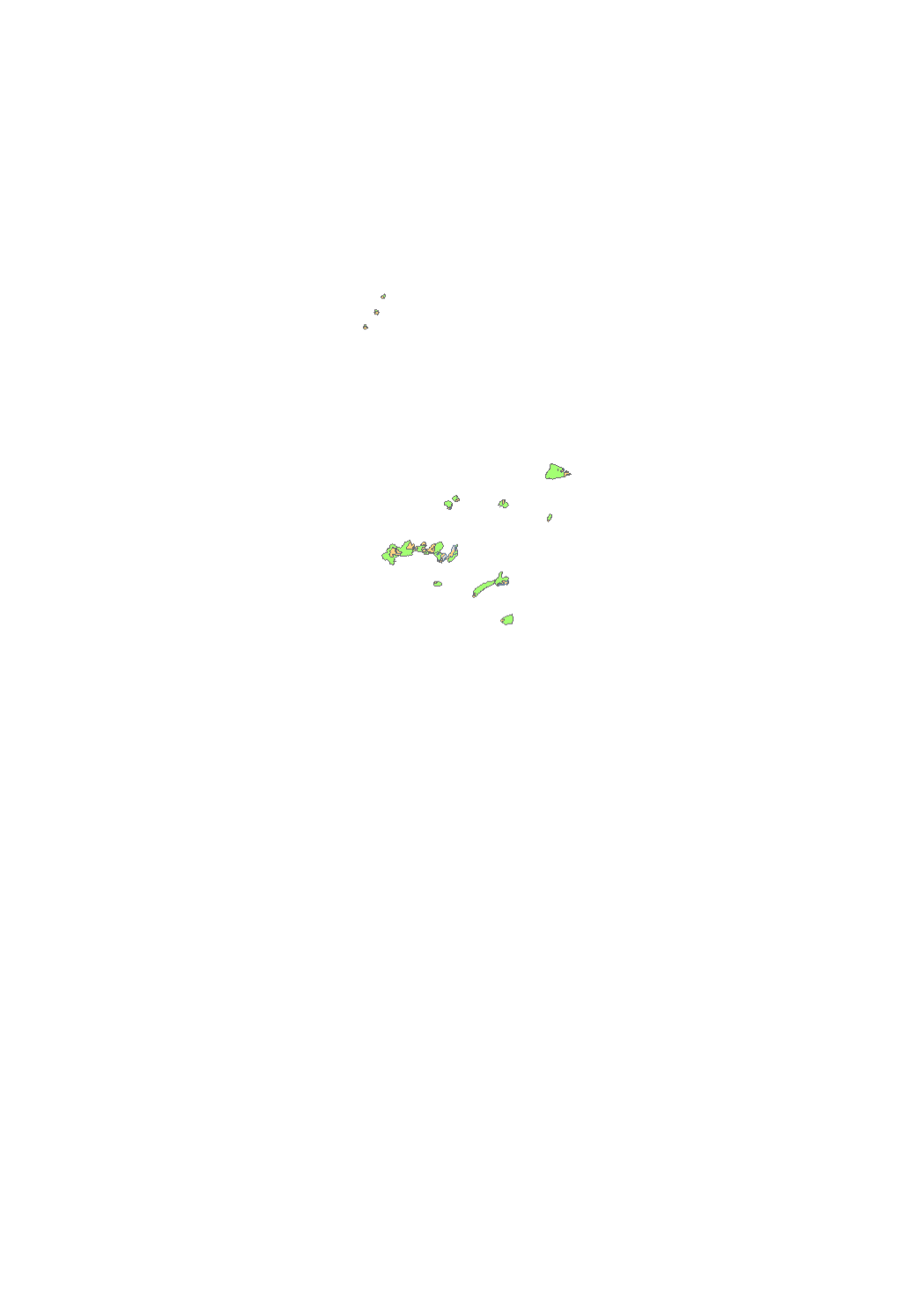
(drinking water) safeguard zones (ongoing public procedure).
-

Zones spéciales de conservation désignées dans le cadre de la directive européenne “Habitats”. Mise à jour conformément aux règlements grand-ducaux du 6 octobre 2023. Les zones spéciales de conservation, instaurées par la directive Habitats en 1992, ont pour objectif la conservation de sites écologiques présentant soit : • des habitats naturels ou semi-naturels d’intérêt communautaire, de par leur rareté, ou le rôle écologique primordial qu’ils jouent (dont la liste est établie par l’annexe I de la directive Habitats) ; • des espèces de faune et de flore d’intérêt communautaire, là aussi pour leur rareté, leur valeur symbolique, le rôle essentiel qu’ils tiennent dans l’écosystème (et dont la liste est établie en annexe II de la directive Habitats).
 geocatalogue.geoportail.lu
geocatalogue.geoportail.lu